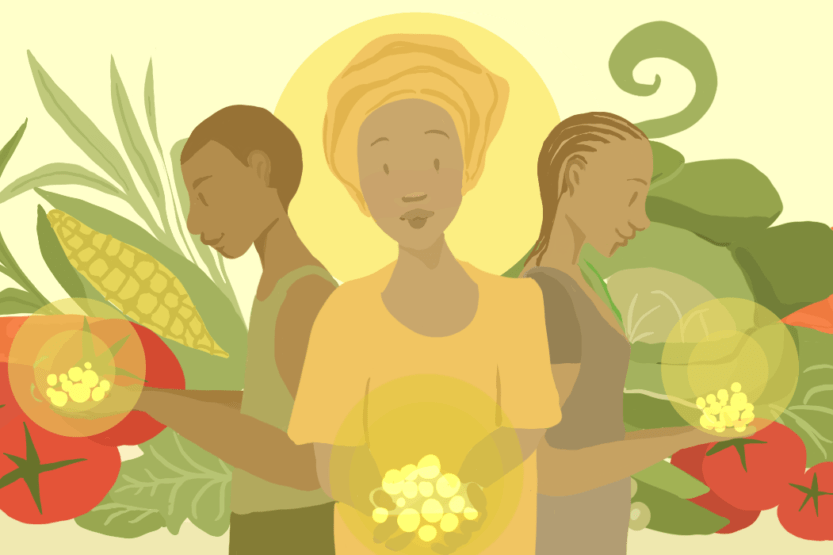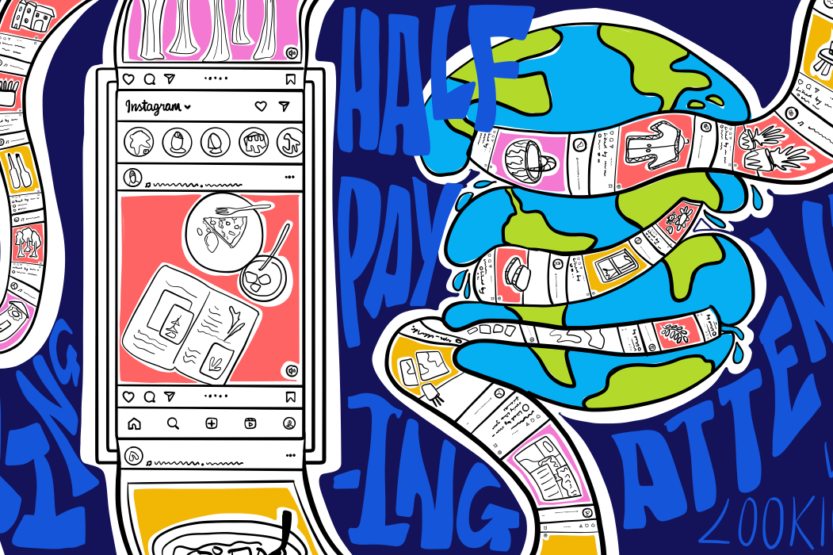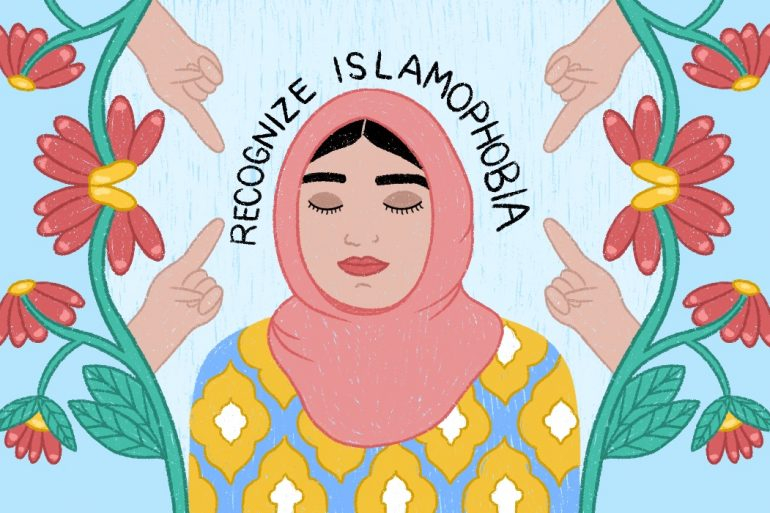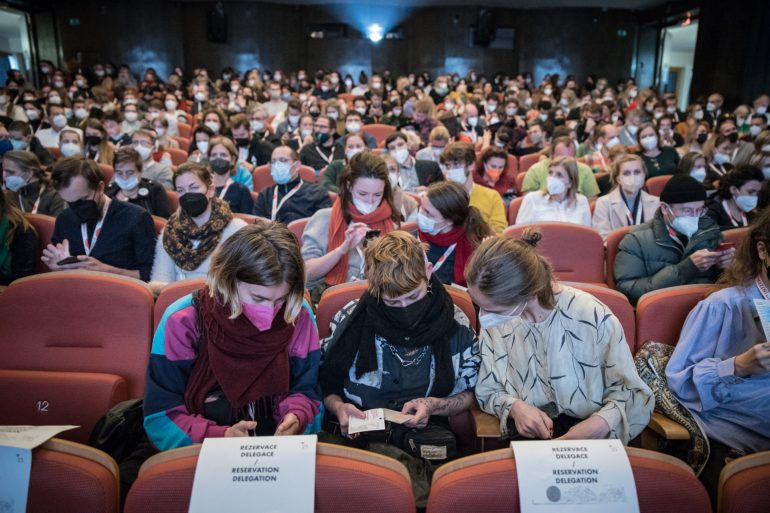Degrees, numbers, statistics and predictions dominate the climate narrative, but what is behind those numbers? In order to achieve a bigger movement, we have to humanise the climate crisis.
Friday 11th December was the five year anniversary of the Paris agreement with the UNFCC marking this by hosting a celebration. However, what is there to celebrate? Established when I was 14 years old, the Paris Agreement aimed to strengthen the global response to the threat of climate change by keeping the global temperature rise this century well below 2 degrees celsius (with the aim but of not exceeding 1.5 degrees).
However, while the reality of these numbers were clear to the scientists who decided upon them, this was never explained to the wider population. These figures, bound up by a deadline cast 100 years into the future, actually provided people with an excuse for inactivity, rather than providing them with the impetus for radical change. That’s why we have to understand two things that the Paris Agreement fails to acknowledge:
- the climate crisis is already here;
- and behind those numbers there are people who are already dying and whose lives are being affected everyday.
A figure created with the west in mind, the targets set by the Paris Agreement also fail to recognise that for those in the global south who were already victims of the climate crisis, 1.5°C is still far too high. The irony is that the climate crisis disproportionately impacts MAPA, (most affected people and areas) who are predominantly from countries who have done least to cause it.
How can world leaders say that actions that will keep global temperatures below 1.5°C are “very radical” if there are thousands of people already suffering and dying?
If this is what is happening at a 1.1 °C increase
Imagine what 1.5°C will be like
Imagine what 2°C will be like
Imagine what 3°C will be like
Imagine what 4°C will be like
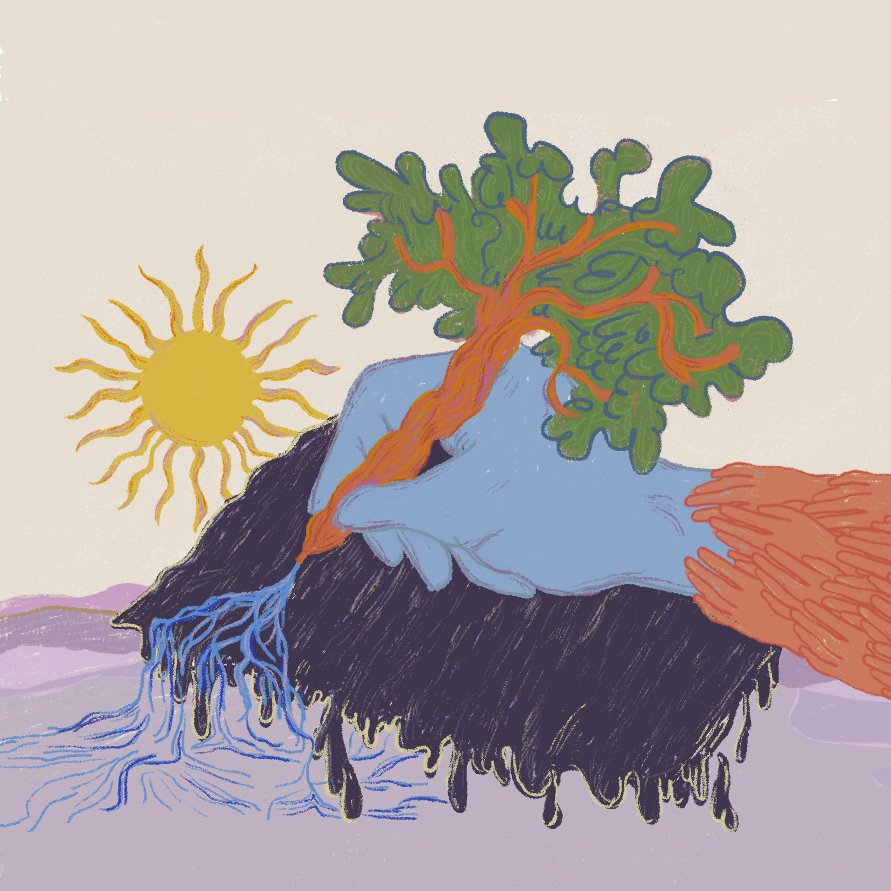
I live in one of these countries: Argentina. A place in southern Latin America that emits 0.7% of global emissions. Argentina is the eighth largest country in the world with a varied landscape which includes deserts, mountains, rivers, bustling urban centers, lakes, jungles, and wetlands.
It is a country with a lot of biodiversity, forests and natural resources. In fact, Latin America is one of the regions with the greatest biodiversity in the world. According to the United Nations Environment Programme (UNEP), around 60% of the world’s terrestrial life and various marine and freshwater species can be found in Latin America and the Caribbean – but it is at risk.
It is impossible to see what is happening in my country and think that the climate crisis is not a problem. This year more than 1 million hectares were burned due to droughts, heat waves and human activity. There are houses that were reduced to dust and whole fields where you can no longer produce food. Increased rates of air pollution has also contributed to a rise in respiratory diseases and the disappearance of flora and fauna, unable to survive.
Deforestation in Argentina is very high and we are increasingly destroying wetlands. You may not hear much about wetlands, but they represent almost 25% of Argentina’s territory and play a very important role. They are ecosystems that help mitigate the effects of drought and heavy rains because they are water and carbon regulators and support biodiversity. Despite this, they are threatened by the effects of livestock farming, mining and real estate projects. For this reason, the main demand of this year was to achieve the approval of a Wetlands Law that ensures their protection and rational use.
The youth climate movement in Argentina has been campaigning throughout the year on this issue, and we collected more than half a million signatures demanding that the law be passed. On Friday, November 27th, the law was approved by the congressional environmental committee, but there is still a long way to go before it is ratified and there are many lobbyists that do not want it to be passed. A law alone will not solve fires, but it is a big step and we need it.
I have learned that talking about collapse is not going to change history, we are. Hope is in the people, in the movement, in you, in your friends and in me.
Every single government has failed to contribute to a 1.5 degree pathway. If this continues, the climate crisis will become uncontrollable, resulting in the degradation not only of our natural resources but also of human life. We cannot allow that to happen.
We need a global climate uprising that will challenge the power of entrenched politics and industries to enable a just transition towards an economic system that respects the natural boundaries of the Earth and puts social interests before profit of the few.
On Friday December 11th and Saturday December 12th youth all over the world, from Kenya to Germany and Argentina called everyone to join us and demand climate action.
If we continue to produce and consume in the current way, we are on the way to a 3°C temperature increase. We cannot allow that. We have to demand our leaders to do everything they can do, and the impossible, too. And I am sure we can. Wherever you are, whatever your age, fight for climate justice. And don’t forget, fighting for 1.5°C is fighting for human rights, for our present and for our future.This is a crucial point in time and we need everyone to be with us and to strike in whatever way is safe and possible. Actions taken today decide about tomorrow. We are not intending to let this chance pass by.
Subscribe to shado's weekly newsletter
Exclusive event news, job and creative opportunities, first access to tickets and – just in case you missed them – our picks of the week, from inside shado and out.

I hope we have the courage to reimagine and rewrite this story. We were born at the right time to make history, so let’s do it.
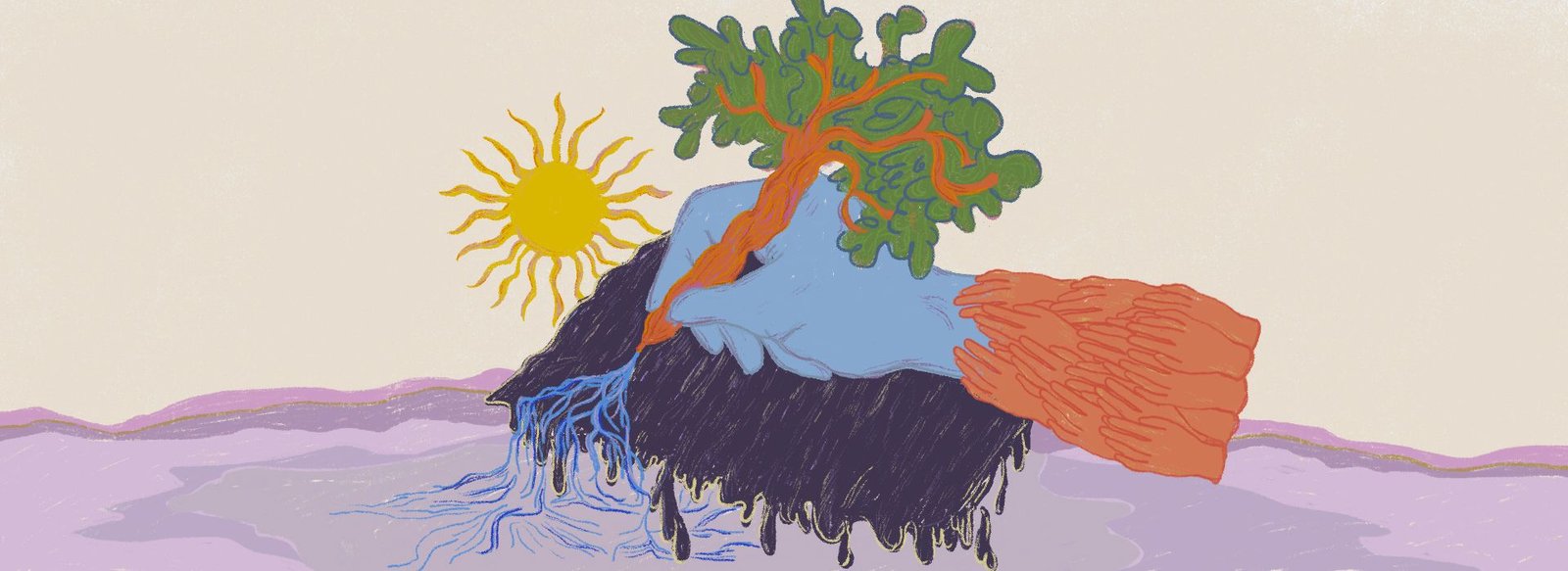
See more of Isadora’s work on her instagram HERE





